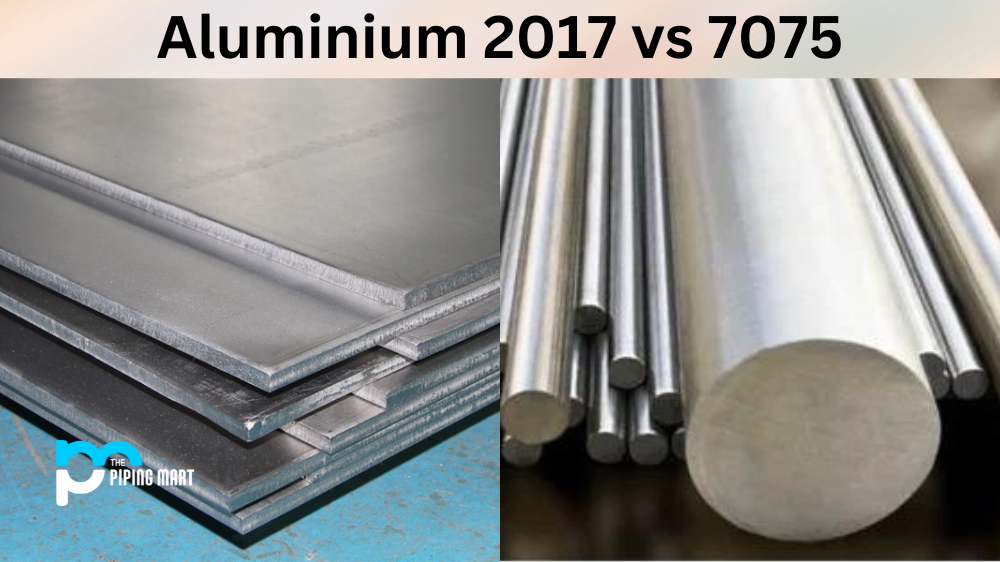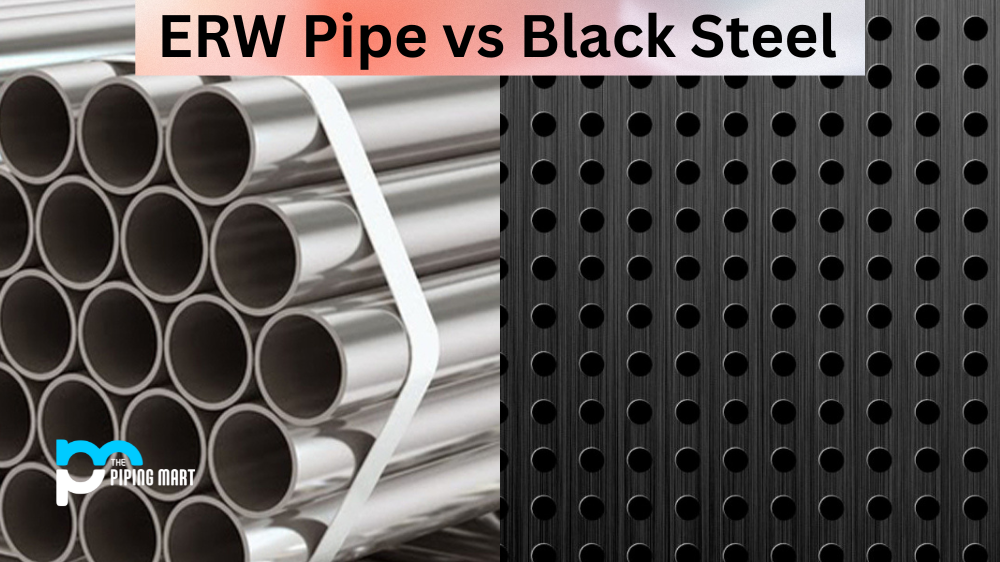Steel is one of the most popular metals used in manufacturing due to its durability, strength, and versatility. However, there are multiple grades within the steel realm, each with unique characteristics and properties. Two such types are 1070 and 1074 steel, which are both used in a wide range of applications. This blog post discusses the differences and similarities between 1070 and 1074 steel.
Difference Between 1070 and 1074 Steel
Composition
While 1070 and 1074 steel may sound similar, some key differences exist. The main difference is the amount of carbon each steel contains. 1070 steel contains about 0.70% carbon, while 1074 steel contains approximately 0.75%. The additional carbon in 1074 steel makes it slightly more complex and more durable than 1070 steel, though both are considered medium carbon steel.
Tensile strength
Another critical difference between 1070 and 1074 steel lies in their tensile strength. Tensile strength measures a material’s ability to resist breaking under tension. 1074 steel has a higher tensile strength than 1070 steel, thanks partly to its slightly higher carbon content. This makes 1074 steel ideal for applications where power is critical, such as springs.
Hardness
Both 1070 and 1074 steel can be hardened through heat treatment, a process where the steel is heated to a specific temperature and then quickly cooled. This process changes the microstructure of the steel, making it harder and less ductile. However, 1074 steel can be hardened more rapidly than 1070 steel. This is due to its slightly higher carbon content, making forming a martensitic structure more accessible during heat treatment.
Uses
One of the most critical differences between 1070 and 1074 steel is their use cases. While both are suitable for various applications, 1070 steel is typically used for less demanding applications such as knives and swords. On the other hand, due to its high tensile strength, 1074 steel is often used in high-stress applications such as springs and suspension components.
Machining
Lastly, it’s worth noting that 1070 and 1074 steel are relatively easy to machine using standard methods such as turning, drilling, and milling. However, due to their higher carbon content, they can be more challenging to weld, requiring special procedures and techniques.
Conclusion
Understanding the differences between 1070 and 1074 steel can be essential for selecting a suitable material for a specific application. While both types of steel are relatively similar, their varying carbon content, tensile strength, and use cases make them better suited for different purposes. If you need help deciding which steel to choose for your next project, consult an expert who can help you make an informed decision.

A passionate metal industry expert and blogger. With over 5 years of experience in the field, Palak brings a wealth of knowledge and insight to her writing. Whether discussing the latest trends in the metal industry or sharing tips, she is dedicated to helping others succeed in the metal industry.




